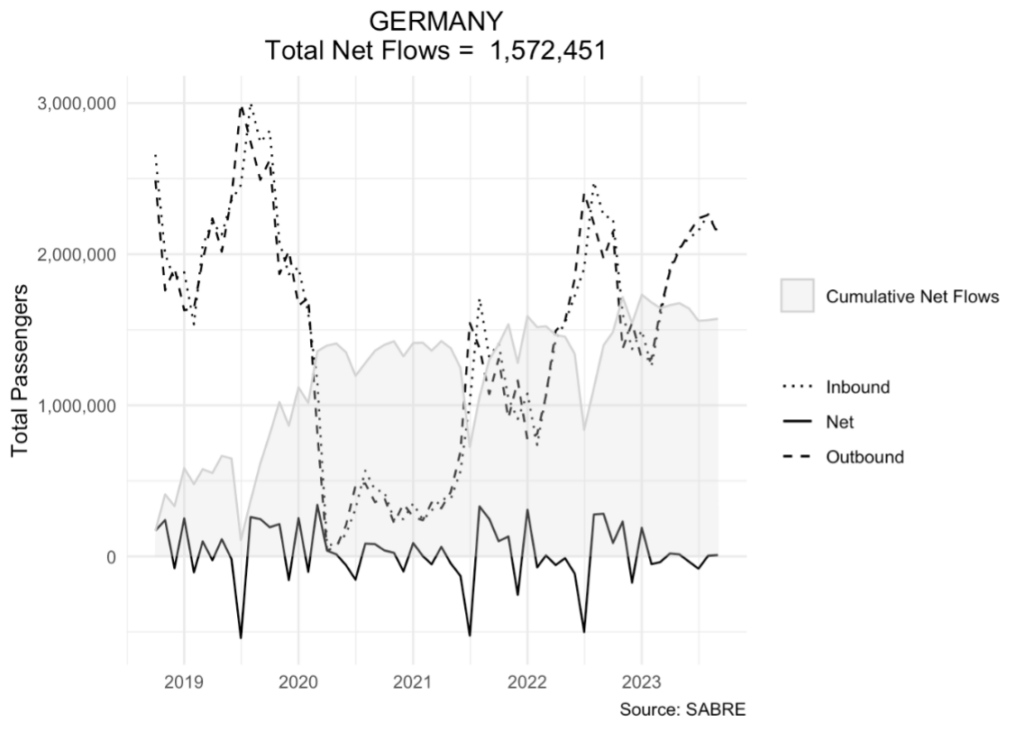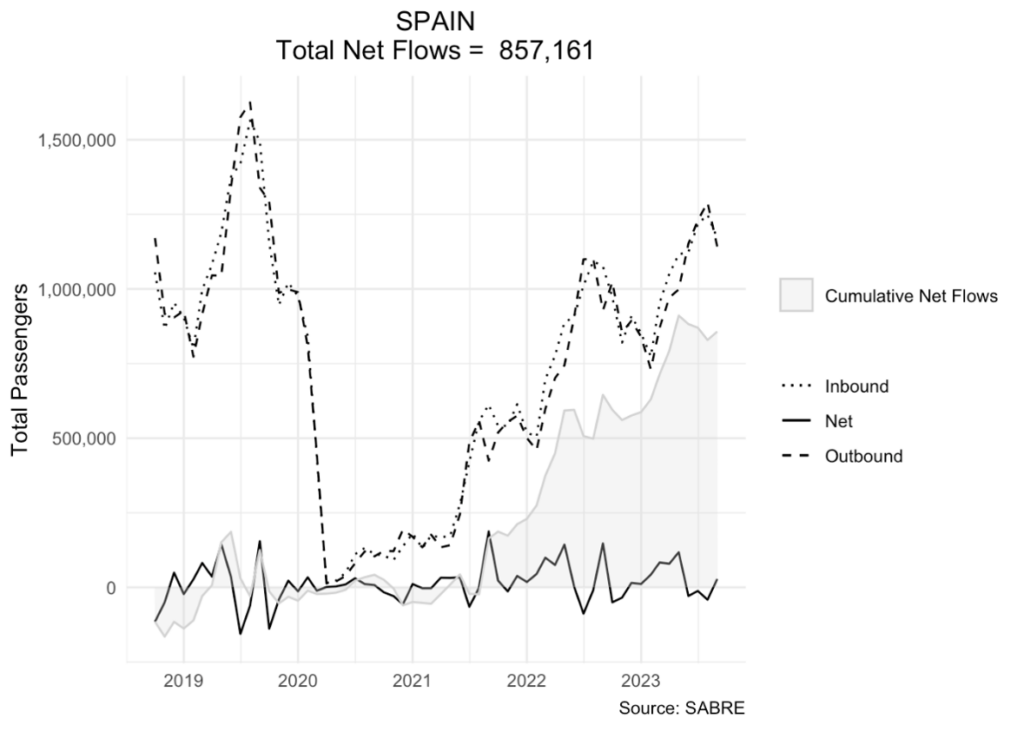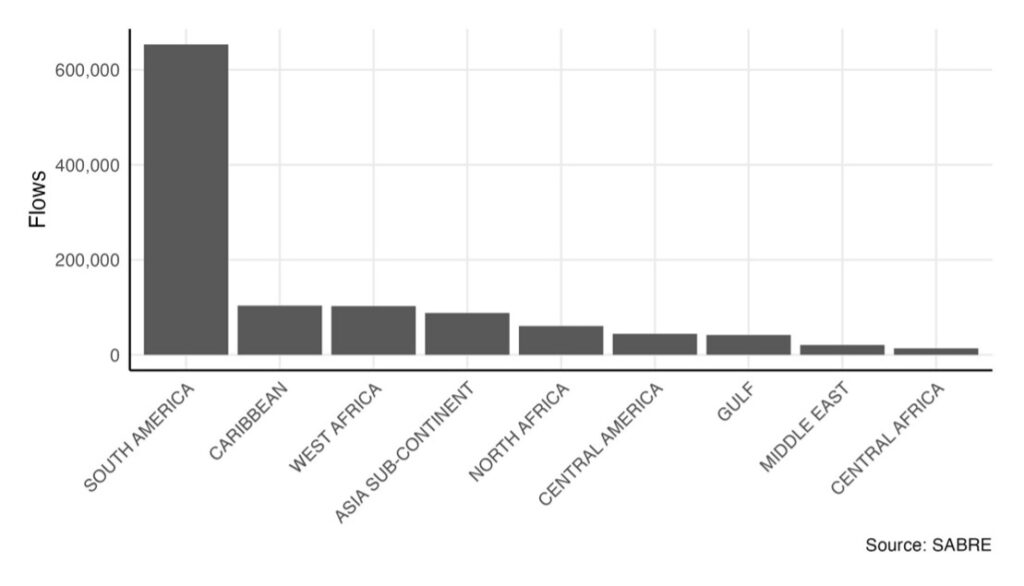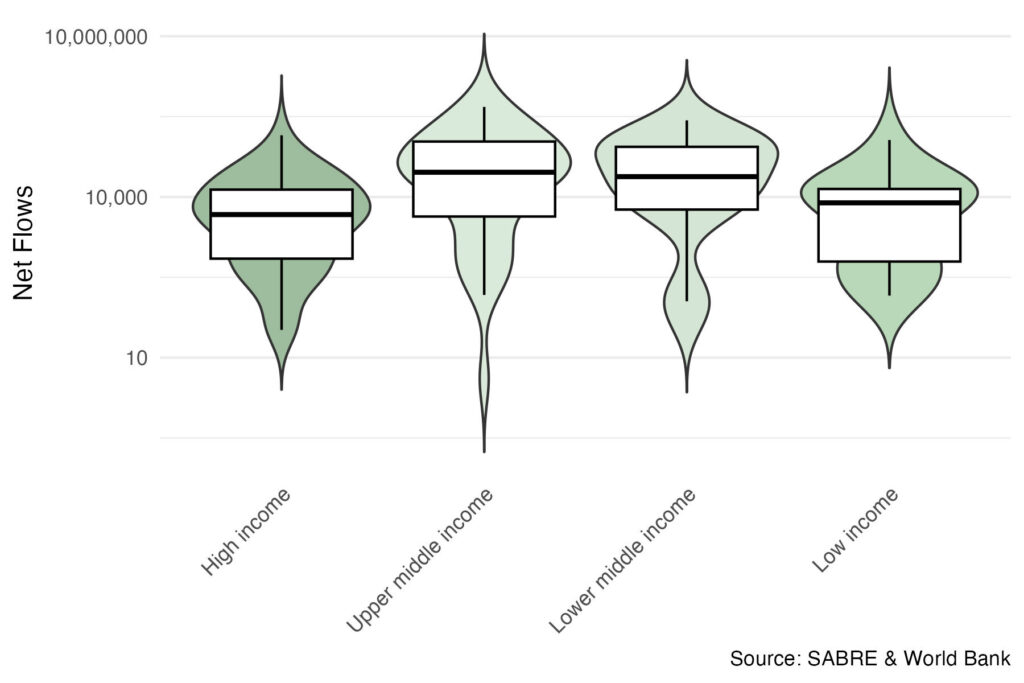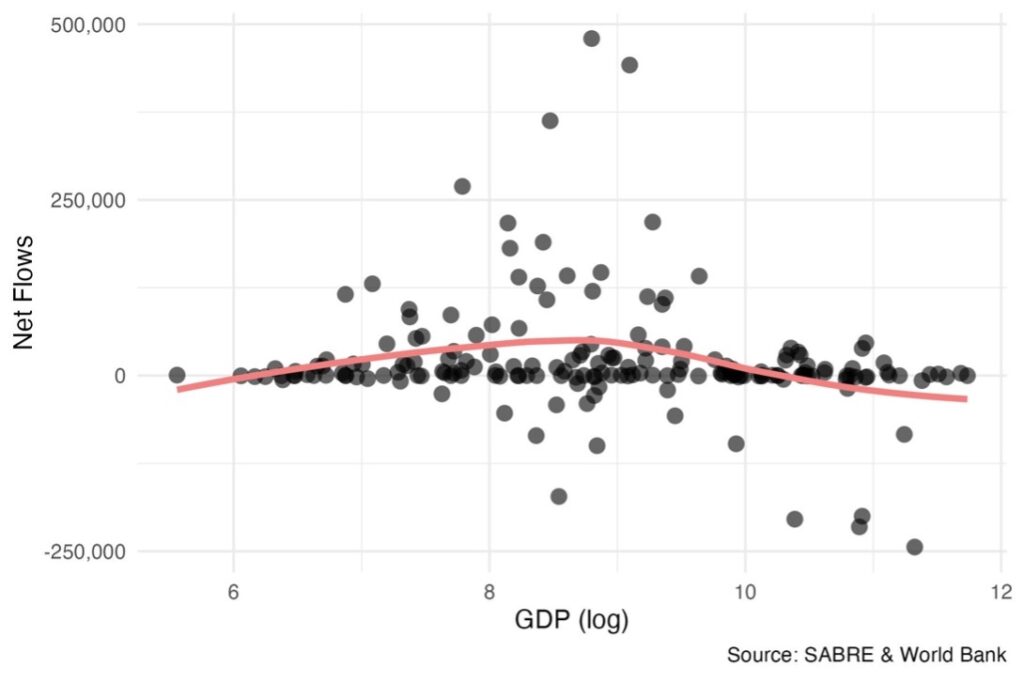
Read more
Blog, Public Attitudes
Time running out for more inclusive policies? “Pathways” Debates and Demands for Access to Permanent Immigration Status in Canada
Struggles over who has access to permanent immigration status in Canada have been fought with renewed intensity during and emerging from the COVID-19 pandemic. With less than two years before a federal election must...
When discussing immigration, we often categorize migrants into two groups: those who follow legal pathways (regular) and those who enter a country through clandestine means (irregular). However, there exists a third, less recognized category known as overstayers.
These individuals initially arrive in a country with a valid visa but stay beyond the authorized period. Typically, this occurs with short-term tourist visas, which allow stays of up to 90 days. A pioneering study of the early 2000s, the CLANDESTINO project, claimed that, in fact, most irregular migrants in Europe were those who overstayed their visas rather than being smuggled across borders.
Despite their significance, overstayers remain largely overlooked in migration studies. But new research through the Horizon-Europe funded MirreM project looking at commercial flight data helps to shed some light on overstayers in Europe. Below, we talk about how we used this data and what we can learn about overstayers from the analysis.
Leveraging commercial flight data: an unusual source in migration studies
Estimates of irregular migration are shaky to begin with, and this is even more the case for the subset of overstayers. Air passenger data may offer some insights, though. We build on a previous paper produced as part of our Global Mobilities Project and apply a residual method that discerns flows of potential overstayers from among the millions of incoming air travellers to the Schengen Area.
The core of the method involves analysing the difference between incoming and outgoing air passenger data. We assume that net of immigration, this difference should be equal to zero over a rolling 90-day period, corresponding to the longest permanence permitted by the Schengen Visa. In principle, if we subtract from this ‘net travel’ figure the ‘net migration’ number (that is, new legal immigrants minus new emigrants), we should be capturing the pool of possible overstayers who did not go back to the country from which their incoming travel originated in the first place.
Our primary source for this exercise is the Sabre Market Intelligence Dataset, a private company’s product that collects information on all commercial flights worldwide. In the following analysis, we only consider trips coming from outside the EU – that is, from where alternatives to flights are less common. We also exclude business travellers, assuming that they do not yield (if not very exceptionally) overstayers. Business travellers are also more likely to make extended (i.e., longer than 24 hours) lay-overs between their journey’s origin and destination, which may confound our estimates.
Where do incoming passengers outnumber outgoing ones?
In Schengen countries, there is quite some variation in the proportion of non-EU arriving air passengers who are not matched by the number of departing passengers. In some nations (Greece, Slovakia, Austria, Italy, and the Czech Republic), the proportion is negative or close to zero. Although there can be several reasons for this outcome (particularly emigration), overstaying is likely to be marginal. Higher levels of potential overstayers can rather be found when the proportion of incoming trips exceeds outgoing trips by more than 1 percent. This is the case in 13 Schengen countries (with a top figure of over 5 percent in Malta).
Figure 1 illustrates the case of the two EU member states with the largest absolute difference: Germany, where there is an ‘excess’ of over 1.5 million incoming air passengers, and Spain, with over 850,000, between 2018 and 2023. This excess is generated by the cumulative difference between inbound and outbound trips, which also shows a marked seasonality, as indicated by the ‘net’ line in the graph. In the summertime, many more people leave Germany (presumably, German residents on holidays), whereas inflows outnumber outflows in other seasons. Spain, which is a prominent tourist destination, has the opposite seasonality. The whole picture is altered by the outbreak of COVID-19, which suddenly halted travel globally, only to recover progressively starting from 2021.
Figure 1: Incoming and outgoing international air passengers (non-EU origins only): Germany and Spain, 2019-2023
We need to underline that net air inflows are a signal for potential overstayers, not estimates. To estimate overstayers punctually, we should deduce net migration numbers – that is, legally arriving new immigrants minus emigrants – from net air inflows. Unfortunately, net country-to-country migration figures are poor, particularly because states are notoriously inefficient in de-registering departing residents. Even the most serious attempts to sharpen net migration estimates, like the Quantmig project, exhibit large variation in their estimates, which deters any further estimate of the quota of ‘excess’ incoming trips attributable to overstaying.
Which areas of departure lead to higher levels of net air inflows?
Air travel data can also be examined from the standpoint of travel origins. We stick to the cases of Germany and Spain, showing the world regions of origin of ‘unbalanced’ air travel (Figure 2). As could be expected, the incoming trips in excess (and thus the possible source of overstayers) mostly originate in Eastern Europe for Germany and Latin America for Spain.
Figure 2: Net inflows of air passengers (2018-2023) into Germany (top) and Spain (bottom) by world region (non-EU countries only)
What are the characteristics of overstayers who arrive by air?
Generally speaking, we surmise that air overstaying is a migration trajectory that is popular among ‘middling migrants’ from lower-middle and upper-middle countries – that is, immigrants who are at pains in accessing legal migration channels but can nonetheless escape options like smuggling. While we cannot fully test this hypothesis with this data, Figures 3 and 4 suggest this might be the case. Figure 3 shows that there is a slightly higher probability of ‘excess’ incoming trips into the Schengen Area from middle-income countries rather than from high- or low-income nations. In a more granular way, Figure 4 shows that the countries of origin with the highest numbers of net inflows are around the middle of the distribution of world countries by GDP per capita.
Figure 3: Net inflows of air passengers into the Schengen Area (2018-2023) by income level of the country of origin (only non-EU countries)
Note: The violin and boxplots capture the distribution of the net air flows for all countries (October 2018-September 2023). The violin shapes estimate the density of the flows at different values, with wider sections indicating higher concentration. Median values are shown in the boxplot.
Figure 4: Net inflows of air passengers into the Schengen Area (2018-2023) by GDP per capita of all non-EU countries of origin
Acknowledging shades of grey in immigration routes
In conclusion, the analysis of the asymmetry between incoming and outgoing air travel can shed some light on potential corridors and timeframes of irregular migration via overstaying. However, precise estimates of the quotas of overstayers are impossible due to the unreliability of net migration figures. Estimates are also complicated by additional (although marginal) noises in the data, like open-jaw cross-national flights (e.g., incoming from Peking to Paris, returning from Frankfurt) and unilateral lay-overs longer than 24 hours (e.g., flying from Rome to Melbourne and returning with a 3-day stop in Dubai). Addressing these issues is critical to improving our understanding of an often overlooked channel of irregular migration. Until then, a predominant black-white narrative of immigration routes will prevail, whereas the boundaries between regular and irregular entries are better described as shades of grey.
—-
Ettore Recchi is a Part-time Professor at the Migration Policy Centre, a Professor of Sociology at Sciences Po Paris (CRIS), and a Fellow at the Institut Convergences Migrations.
Luca Bernasconi is a Research Associate at the Migration Policy Centre, where he participates in projects related to the study of irregular migration (MIrreM) and mobility (Global Mobilities Project)


